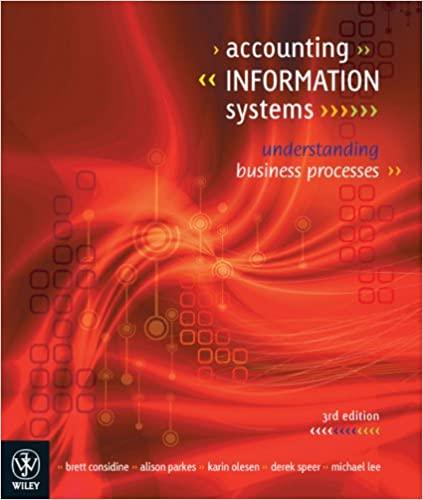2.1. [10 marks] Help students give the correct interpretation to the coefficients of both regressions. The Student C suggested that the coincidence of some coefficients in equations (A) and (B) is accidental and can be explained by too rough rounding of estimation results, which are actually different. Do you agree with him? Give reasons for your answer. Student C also said that a negative sign of the coefficient for a variable H, in equation (B) confirms his belief that classes during the academic year even prevent a good exam result, and that it is better to study properly only during the revision period. And if, instead of regression (B), one evaluates regression Y = b; +b,5, +b;R,, the sign of the coefficient b will be definitely positive. Comment on these statements. 2.2. [10 marks] Unfortunately, the students A and B did not include neither R values nor standard errors of coefficients in the regression results. The student A states that R in regression (A) should be greater than in (B) because this equation is more meaningful: it includes variables that show hours of study at different periods, while in (B) they are mixed up due to inclusion of the variable S, that partly duplicates H. Comment on this. For the same reason, the standard error of the coefficient of variable S = H+R, in equation (B) must be greater than the standard error of coefficient of R, of in equation (A), although the coefficients themselves are equal. Comment on this. 2.1. [10 marks] Help students give the correct interpretation to the coefficients of both regressions. The Student C suggested that the coincidence of some coefficients in equations (A) and (B) is accidental and can be explained by too rough rounding of estimation results, which are actually different. Do you agree with him? Give reasons for your answer. Student C also said that a negative sign of the coefficient for a variable H, in equation (B) confirms his belief that classes during the academic year even prevent a good exam result, and that it is better to study properly only during the revision period. And if, instead of regression (B), one evaluates regression Y = b; +b,5, +b;R,, the sign of the coefficient b will be definitely positive. Comment on these statements. 2.2. [10 marks] Unfortunately, the students A and B did not include neither R values nor standard errors of coefficients in the regression results. The student A states that R in regression (A) should be greater than in (B) because this equation is more meaningful: it includes variables that show hours of study at different periods, while in (B) they are mixed up due to inclusion of the variable S, that partly duplicates H. Comment on this. For the same reason, the standard error of the coefficient of variable S = H+R, in equation (B) must be greater than the standard error of coefficient of R, of in equation (A), although the coefficients themselves are equal. Comment on this







